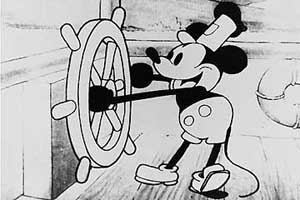First inhabitants
Before the Spanish arrived and took over the Chiloe archipelago, several indigenous cultures lived in the area. They practiced hunting, fishing, farming and food gathering.
The first inhabitants of the north and central parts of the island were the huilliches (which means people of the south).
They were grouped into tribes known as levos and their houses were similar to rucas. Their language, stesungun, was similar to that of the mapuches. The only differences with mapudungun were dialectic variations. Their economy was based on agriculture, cattle farming and gathering shellfish and fish. For this last activity, they used sea crafts called dalcas.
Another indigenous culture that lived on the southeastern coast of Chiloe were the payos or payanos (which means bearded men). Estimates say they could have been a branch of the huilliches or, perhaps the chonos were the ones who inhabited this island.
They grew potatoes and gathered fish and shellfish. They were tall and well-built; their social organization was based on the family unit, although they also practiced polygamy. In the early XIX century, they became extinct due to their low numbers.
Chonos and cuncos
The chonos inhabited the islands located at the southern end of the archipelago. They were fishermen and shellfish gatherers. Experts say they were the ones that started the chilote seafaring tradition maintained to this day. Families lived in canoes, since they travelled around the archipelago fishing. However, during rainy and very cold days, they would set-up tents made from sea lion skin. During summer, they moved to fishing coves, where they would smoke the fish they caught.
Their economy was basically linked to the ocean, but they combined this with potato and cattle farming. They had no administrative or political organization.







